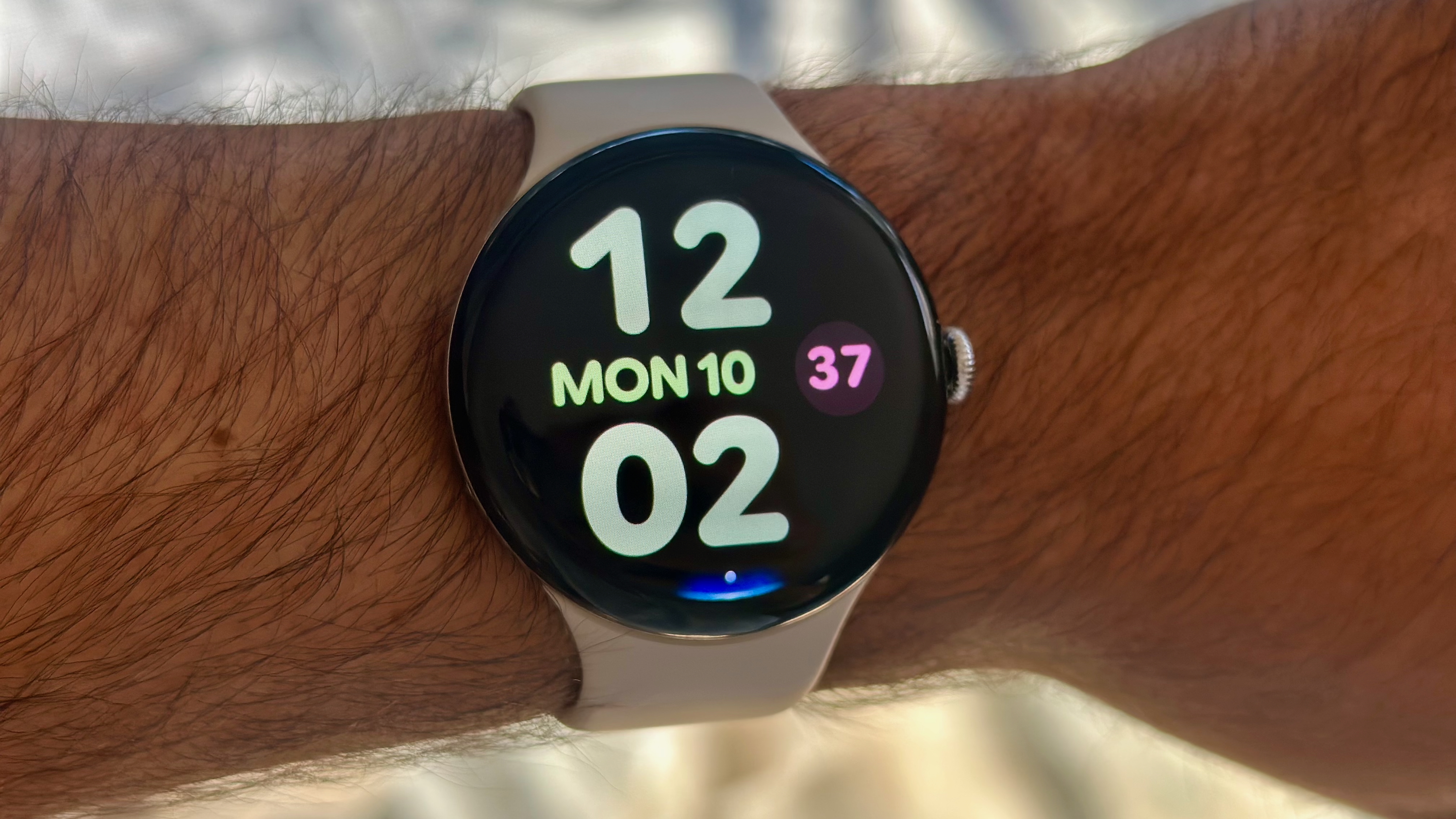Google Pixel Watch 4 vs. Pixel Watch 2: Everything changed in two years
The new Pixel Watch is sleeker and sharper than ever.
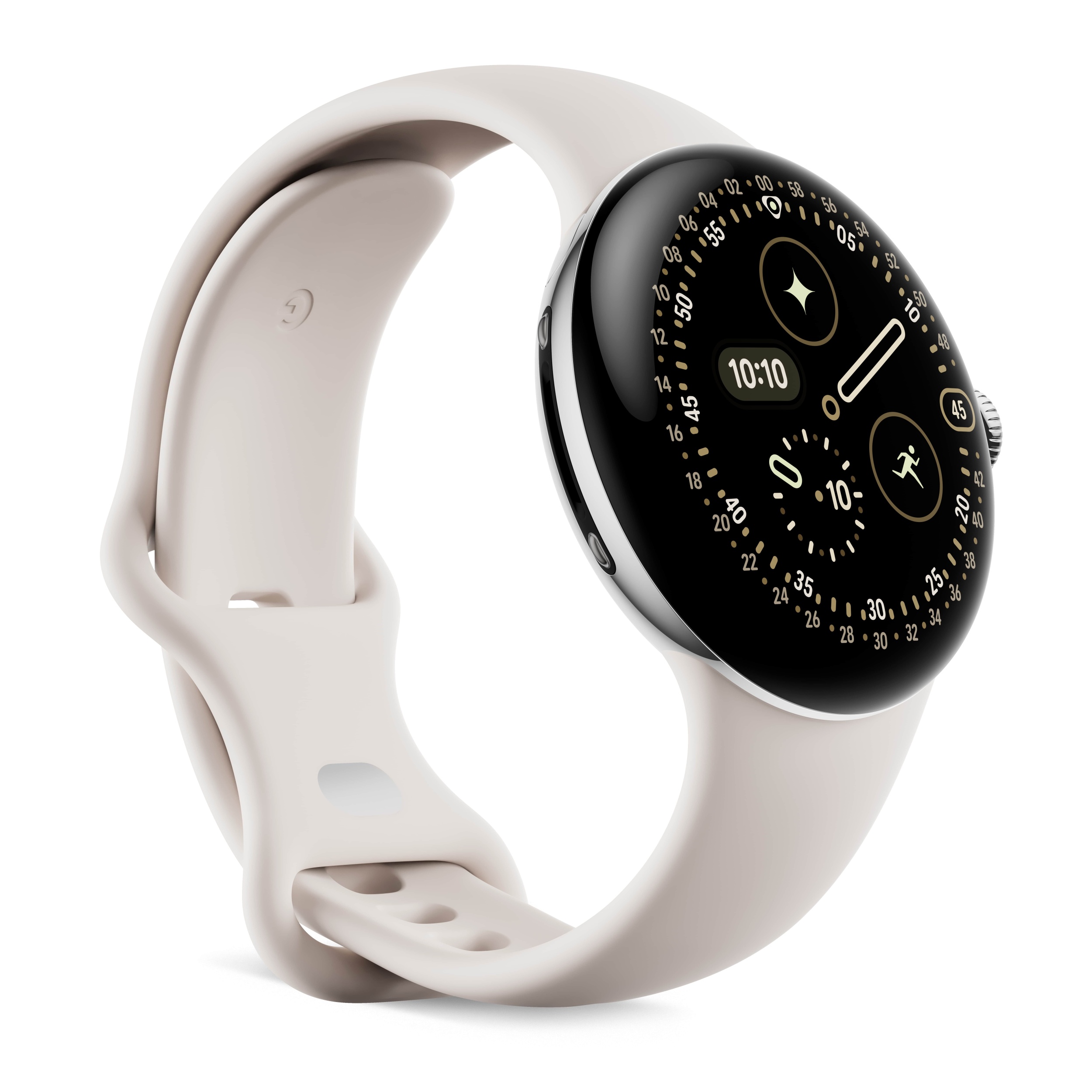
Small changes add up
The Google Pixel Watch 4 looks familiar to older models, but that doesn't tell the whole story. You now get a domed OLED display that blends in with the smartwatch's slimmer bezels and a better screen-to-body ratio. Other improvements include longer battery life, a new processor and co-processor, and a new charging system.
Pros
- Premium and modern feel now that the OLED display itself is domed to match the glass
- Runs Wear OS 6 with Material 3 Expressive design language
- Snapdragon W5 Gen 2 chip and Cortex M55 coprocessor for AI prioritize performance and efficiency
- Dual-band GPS improves fitness and health capabilities
Cons
- The new charger is neat, but it's the third one in four generations
- Fitbit Premium subscription needed for certain health features
- Design isn't changed in a major way compared to the Pixel Watch 2
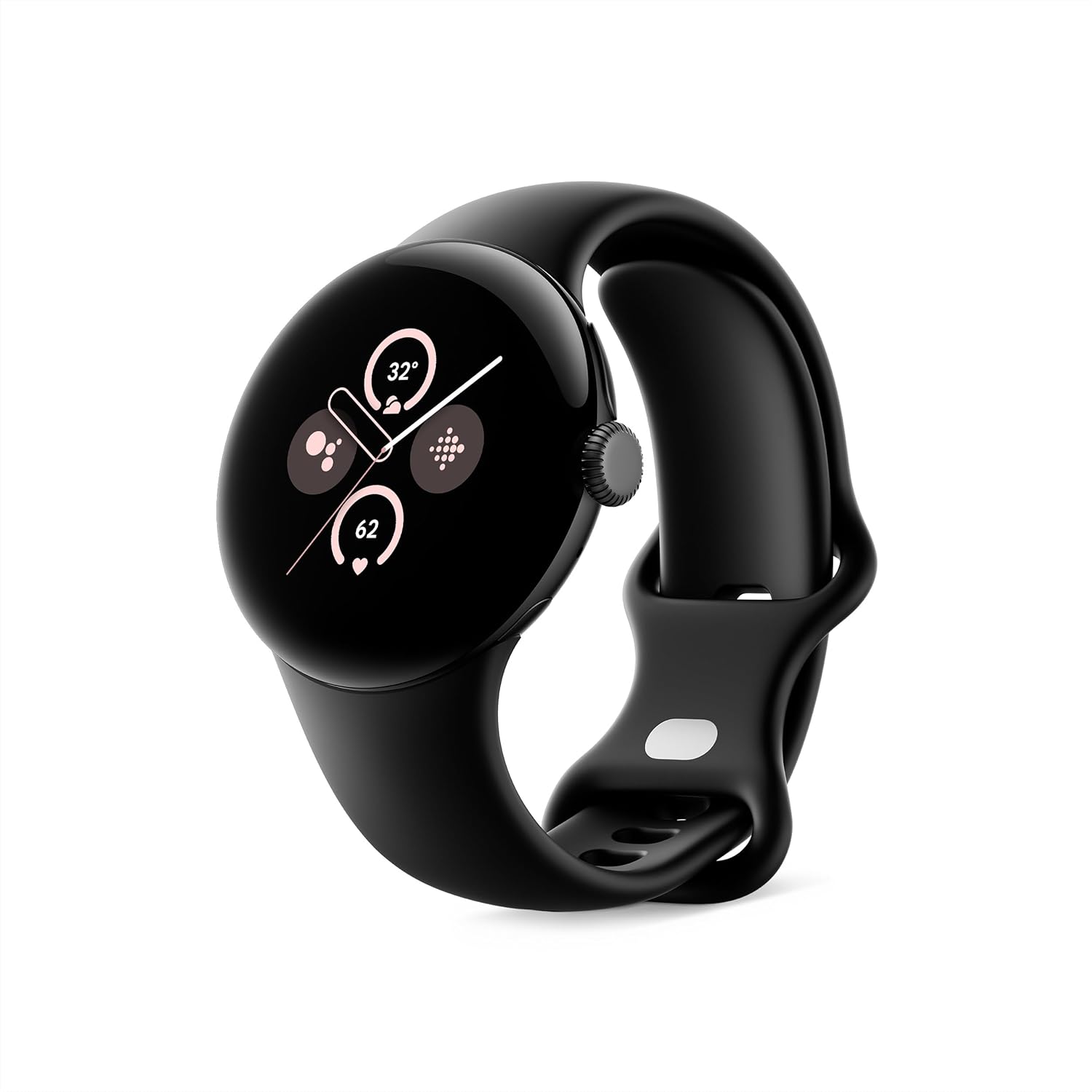
Starting to feel old
The Google Pixel Watch 2 is beginning to have trouble standing the test of time. It has a small screen with large black bezels, and it's missing key features like new sensors and multi-band GPS. It's also only available in one, tiny 41mm size.
Pros
- Design is classy and looks stylish on the wrist
- Performance is solid thanks to Snapdragon W5 chip
- Consistent feature set across a variety of Android phones from various brands
Cons
- Very much feels like a Fitbit
- Only available in a small 41mm size
- Bezels are huge by 2025 standards
- Uses older charging system
The fourth iteration of the Google Pixel Watch is here, and the hardware has come a long way. While the Google Pixel 2 was a major leap over the original, the Google Pixel 4 has arguably done more over the last two years. Google's newest Pixel Watch 4 packs a brighter, domed display with a slimmer bezel, helping the Wear OS smartwatch feel more modern than ever.
If you have a Google Pixel Watch 2, the latest Pixel Watch 4 might feel like a compelling upgrade. There's a lot to like, although the core experience hasn't changed much. For those who are considering a switch, let's break down how the Pixel Watch has changed over the past two generations.
For more news and information on Google's latest smartwatch, check out our Ultimate Guide.
Google Pixel Watch 4 vs. Pixel Watch 2: Design and display
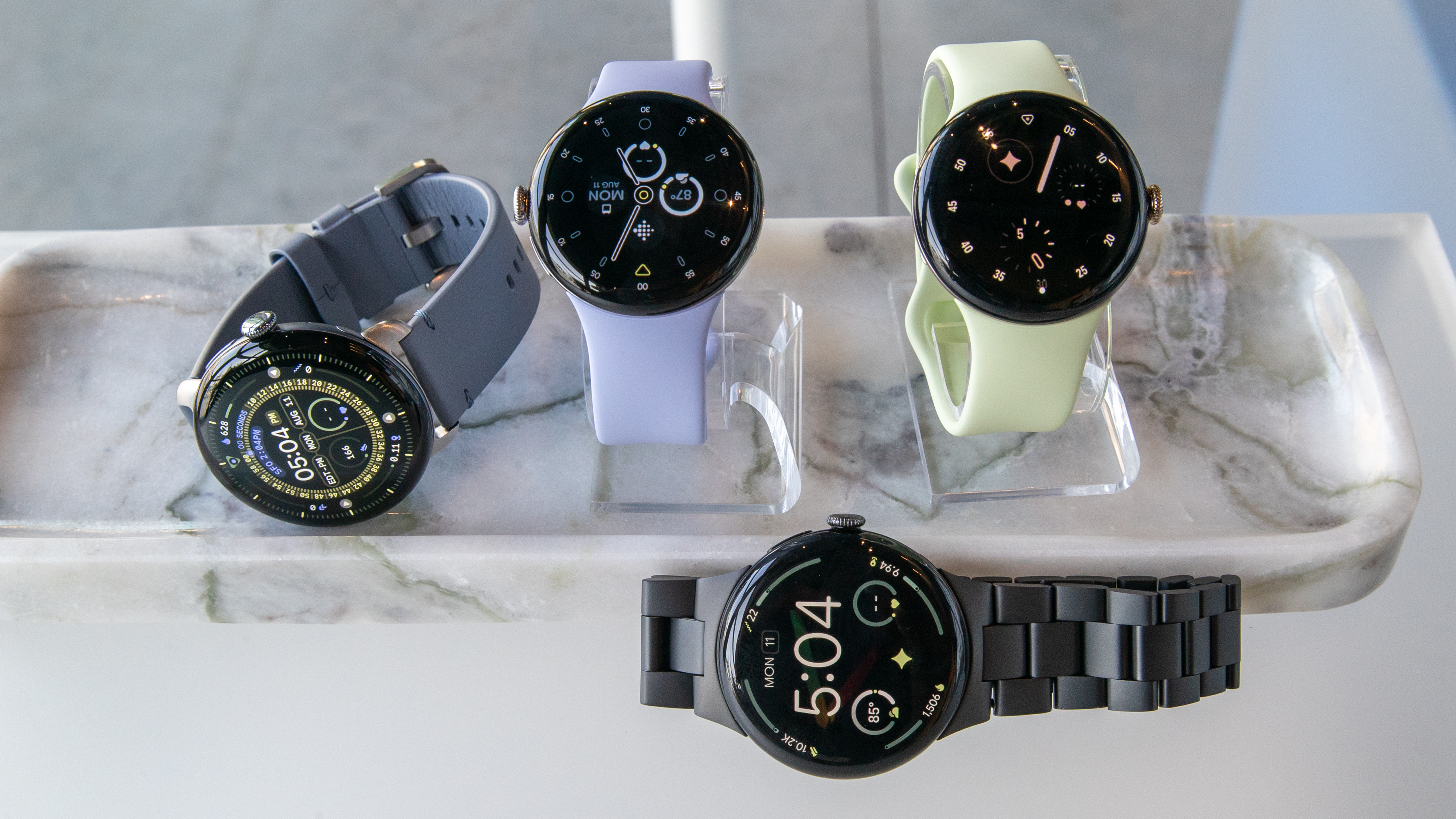
From a design perspective, the Pixel Watch 4 is about as similar to and as different from the Pixel Watch 2 as it could be. Here's what I mean — from the outside, the 41mm configurations are identical, weighing the same 31 grams and measuring the same 12.3mm thick. However, the Pixel Watch 4 comes in two sizes, compared to the Pixel Watch 2's singular size, which some find too small. The displays underneath each smartwatch's Gorilla Glass 5 covering are also completely different.
Part of the idea behind the Google Pixel Watch's sloping, waterdrop design was originally to hide the device's relatively large black bezels. That's evident on the Pixel Watch 2, which has a small and old 1.2-inch AMOLED display panel. It does support 1-60Hz variable refresh rates, but its brightness rating is merely 1,000 nits, hardly enough for reliable outdoor use. It's also a flat display panel under curved glass, which directly contrasts with the Pixel Watch 4's screen.

Google kept the domed Gorilla Glass 5 covering on the Pixel Watch 4, but now added a domed OLED display to match. It's called Actua 360, and it features a slight curve to match the shape of the smartwatch itself. The hardware is improved, too. It keeps the Pixel Watch 2's variable refresh rate support, but triples its peak brightness rating.
The Google Pixel Watch 4 can crank itself up to 3,000 nits of peak brightness when needed, significantly increasing its visibility outdoors.
Get the latest news from Android Central, your trusted companion in the world of Android

The other notable change is the charging system. Both the Pixel Watch 2 and Pixel Watch 4 use charging pins instead of a wireless puck, but they're in different locations on each watch. The Pixel Watch 2 has them on the back with the sensor modules, whereas the Pixel Watch 4 positions them on the side. This fits into a new charging dock that utilizes the display while powering the smartwatch up.
Google Pixel Watch 4 vs. Pixel Watch 2: Hardware and specs
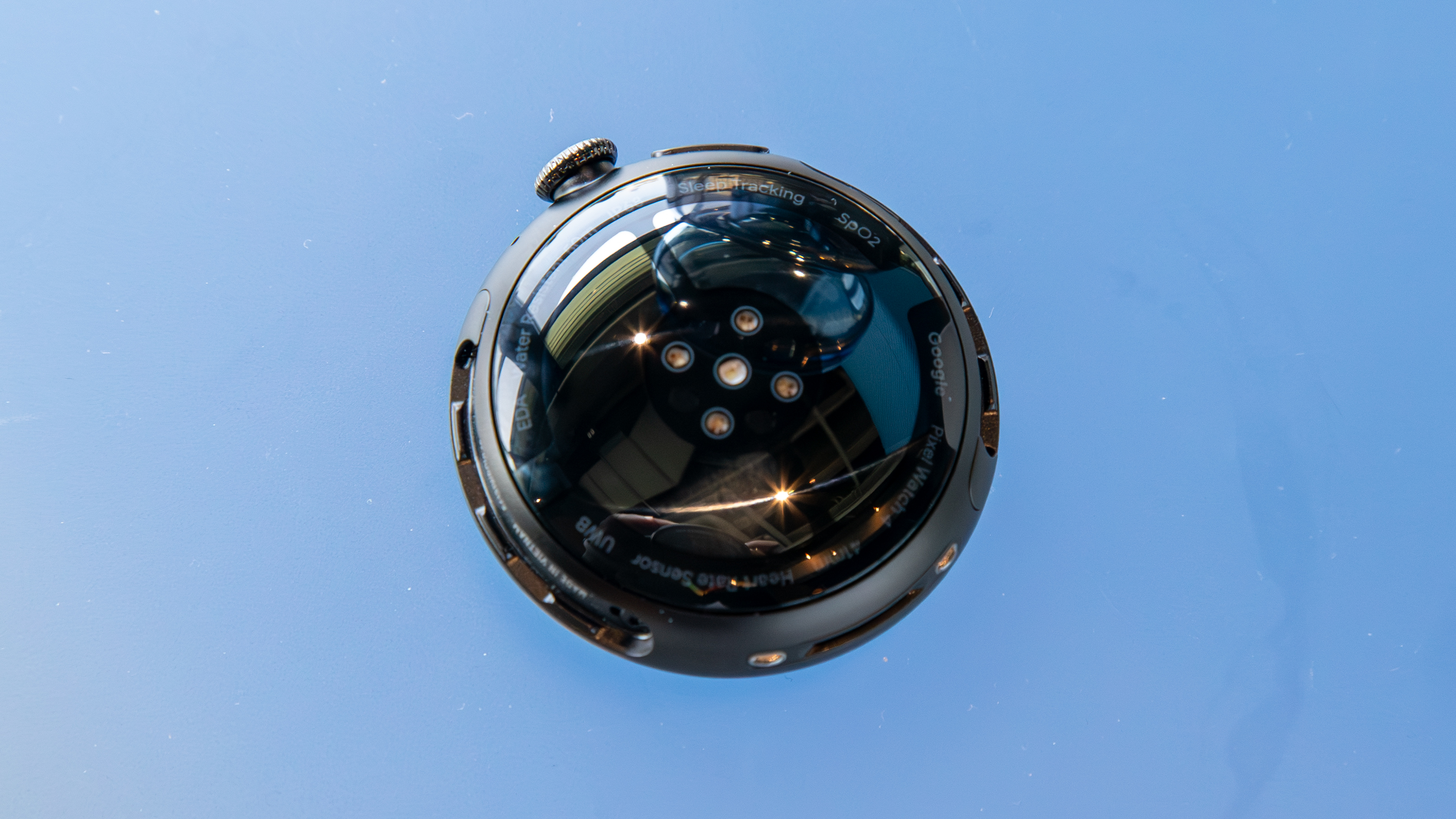
The Google Pixel Watch 4 includes a new Qualcomm Snapdragon W5 Gen 2 processor, but don't get too excited. The real-world experience will likely be similar to using the Snapdragon W5 Gen 1 in the Pixel Watch 2. One big addition that comes with the newer model with Qualcomm's latest wearable chip is on-watch satellite connectivity. That means you can get help in an emergency even if you don't have your phone nearby or LTE service on your Pixel Watch 4.
Otherwise, performance is mostly the same, and you get identical 2GB of RAM and 32GB of storage on each watch. The Pixel Watch 4 does have a new Cortex M55 co-processor specifically tuned for certain tasks. By shifting tasks like AI queries off the primary chip, the Pixel Watch 4 can use less battery and prioritize efficiency. It's a big move as Gemini becomes the primary wearable assistant for the Pixel Watch.
Category | Google Pixel Watch 4 | Google Pixel Watch 2 |
|---|---|---|
Display | 41mm or 45mm Actua 360 AMOLED LTPO display 3,000 nits, 1-60Hz refresh rate | 1.2-inch, AMOLED 1,000 nits, 1-60Hz refresh rate |
Processor | Snapdragon W5 Gen 2, Cortex M55 co-processor | Qualcomm Snapdragon W5, Cortex M33 co-processor |
Protection | Corning Gorilla Glass 5, 5ATM, IP68 | Corning Gorilla Glass 5, 5ATM, IP68 |
Materials | Recycled aluminum case | Recycled aluminum case |
Connectivity | Bluetooth 6, Wi-Fi 2.4/5GHz, NFC, UWB, LTE (optional), dual-frequency GPS, Galileo, Glonass, (ROW) Beidou, QZSS, Navic, Satellite SOS, | Bluetooth 5.0 Wi-Fi, NFC, 4G LTE (optional), GPS |
Sensors | Compass, altimeter, barometer, magnetometer, 3-axis accelerometer, gyroscope, ambient light, multi-path optical heart rate sensor, cEDA, SpO2, ECG, far field skin temperature sensor | Accelerometer, altimeter, ambient light, cEDA, compass, ECG, gyroscope, magnetometer, optical heart rate, skin temperature, SpO2 |
Battery | 41mm: 325mAh, 30 hours with AOD, 48 hours with Battery Saver 45mm: 455mAh, 40 hours with AOD, 72 hours with Battery Saver | 306mAh; 24 hours with AOD |
Charging | 41mm: 15 minutes to 50%, 25 minutes to 80%, 45 minutes to 100% 45mm: 15 minutes to 50%, 30 minutes to 80%, 60 minutes to 100% | 30 minutes to 50%; 43 minutes to 80%; 75 minutes to 100% |
RAM / storage | 2GB/ 32GB | 2GB/ 32GB |
OS | Wear OS 6 | Wear OS 4 |
Colors | Matte Black, Polished Silver, Champagne Gold (41mm), Satin Moonstone (45mm) | Polished Silver, Matte Black, Champagne Gold |
Dimensions / Weight | 12.3mm thick, 31g (without strap) | 12.3mm thick, 31g (without strap) |
The Google Pixel Watch 2 lasts only 24 hours with the AOD enabled, while the Pixel Watch 4's 41mm model can finally hit 30 hours. Of course, the Pixel Watch 2 doesn't come in a 45mm size. However, the Pixel Watch 4's 45mm option provides a much longer 40-hour figure for battery life with the AOD active.
Charging is faster, too. The Google Pixel Watch 4 takes 15 minutes to charge halfway from zero for both sizes. By comparison, the Pixel Watch 2 takes twice as long — 30 minutes — to charge the same amount.
Google Pixel Watch 4 vs. Pixel Watch 2: Fitness and health
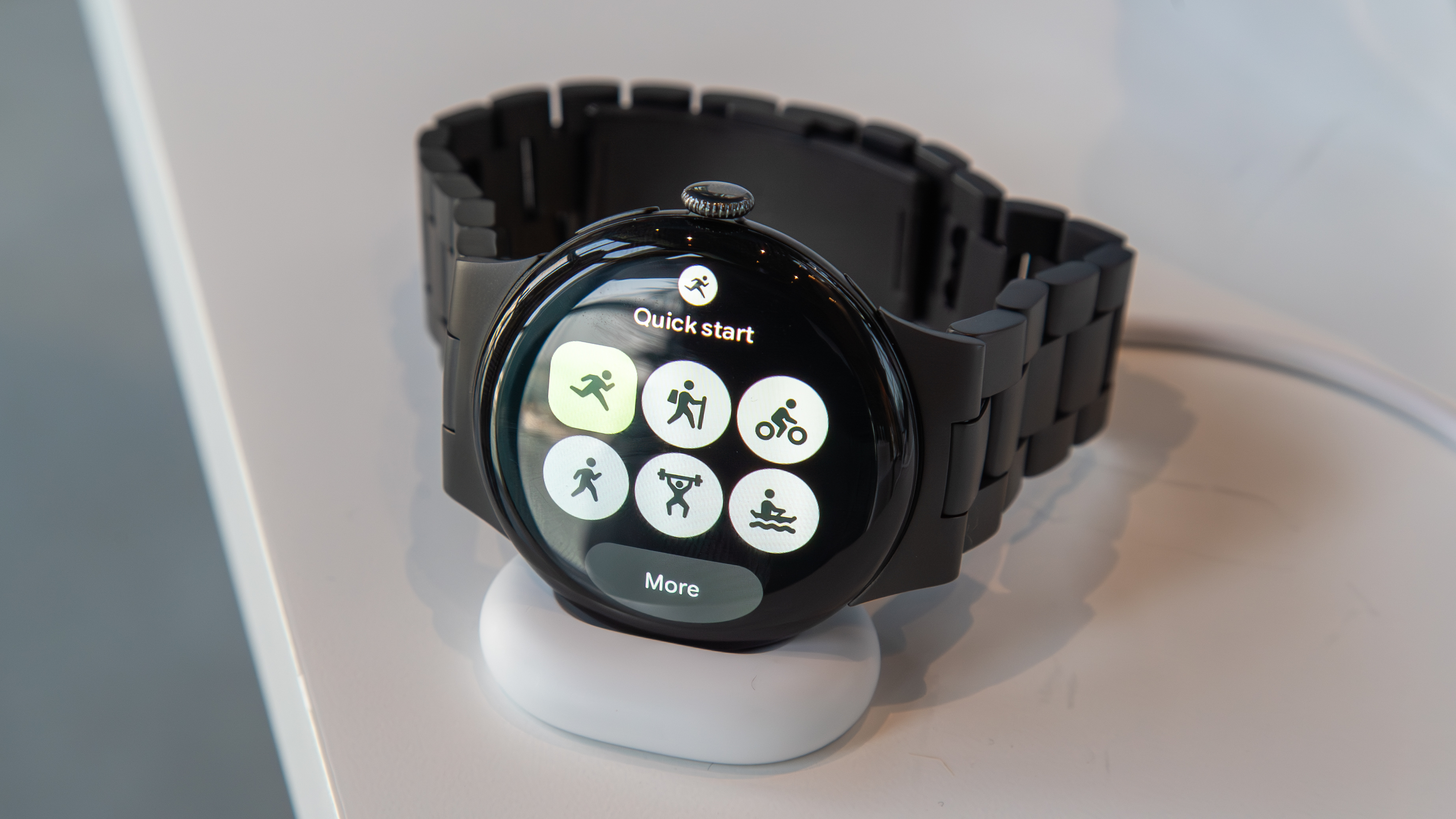
Both the Google Pixel Watch 4 and Pixel Watch 2 have similar fitness and health suites, as they rely on Fitbit software. There is a basic set of features available to all users, and a few extras locked behind a Fitbit Premium subscription. The new Pixel Watch 4 addresses a few of our gripes with older models, such as GPS accuracy and the availability of non-running workout tools.
Google added dual-band GPS to the Pixel Watch 4, which should greatly improve tracking accuracy. Additionally, there are more than 40 workout modes available in the Pixel Watch 4. New features like Fitbit Morning Brief will keep you up-to-date on your fitness and health progress on a daily basis.
At their core, the fitness and health features are powered by Wear OS 6. It's the latest version of Wear OS that includes the Material 3 Expressive user interface and design language overhaul. Both watches are software-supported for three years after their release, with routine feature drops in tow. However, it's worth noting that the Pixel Watch 2 could lose software support in October 2026. That isn't as far away as you might think.
Google Pixel Watch 4 vs. Pixel Watch 2: Which should you buy?
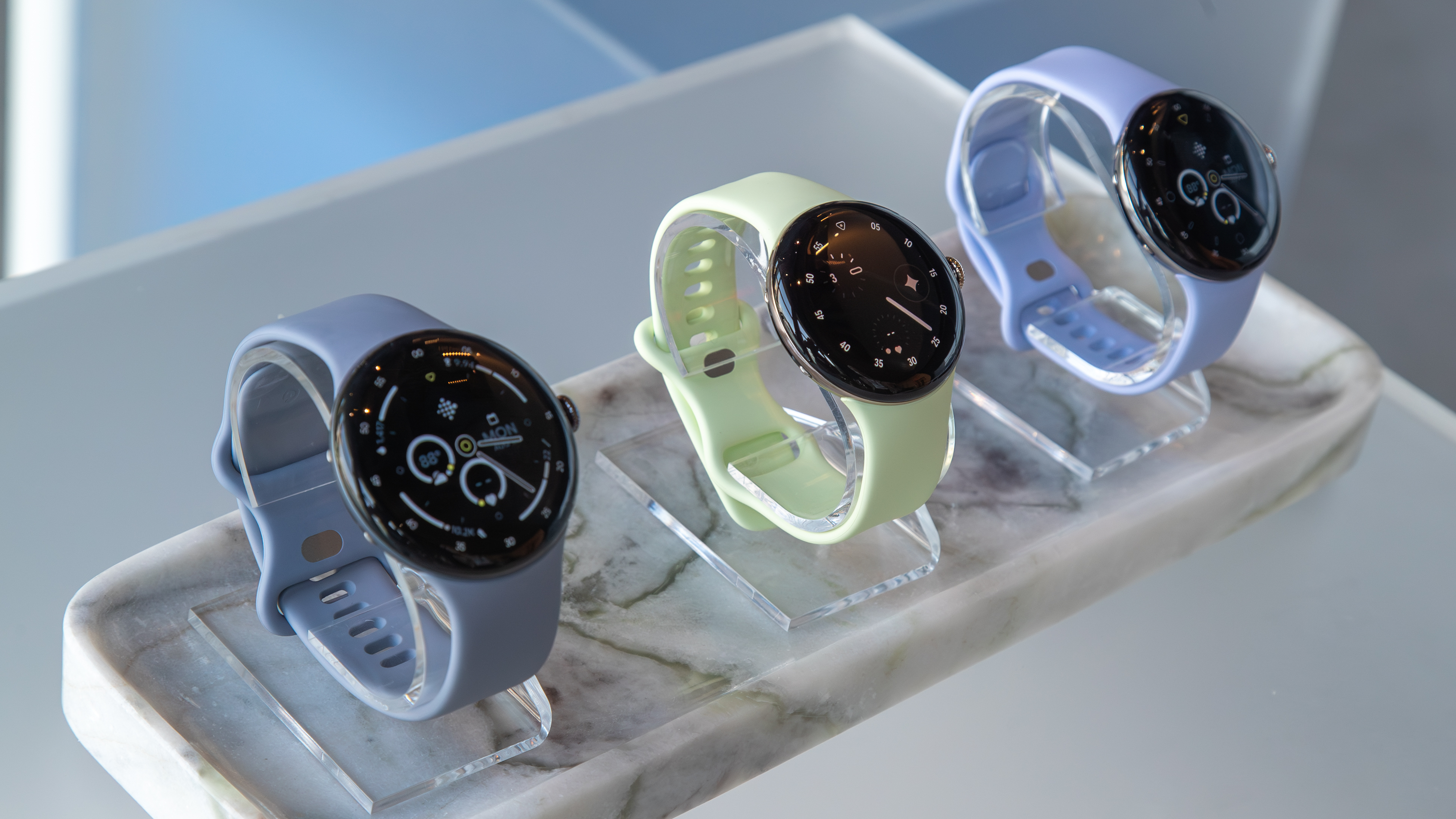
From afar, it'll be hard to tell the Google Pixel Watch 2 and the new Pixel Watch 4 (41mm) apart. They both sport 41mm case sizes, measure 12.3mm thick, and weigh 31 grams without a strap. Under the hood, there are a handful of new changes that'll make the Google Pixel Watch 4 more enjoyable to use daily. The biggest visual difference is the new domed OLED display and slimmer bezels, which should aid usability, too.
Is that enough to make Pixel Watch 2 users upgrade? I'm not so sure. While I find the older model's large bezels and relatively small display to be unsightly, not everyone will. As such, the upgrade from the 41mm Pixel Watch 2 to the 41mm Pixel Watch 4 might not be that enticing. However, if you're hanging onto a Pixel Watch 2 and want to give the 45mm Pixel Watch 4 a try, I think that's a much easier upgrade to justify.
For more news and information on Google's latest smartwatch, check out our Ultimate Guide.

Nearing final form
The Google Pixel Watch 4 is the evolution of the Pixel Watch 2 that's two years in the making. Common criticisms of the watch, such as the chonky bezels and short battery life, have been finally corrected. With a beautiful and bright domed display, the Pixel Watch 4 finally feels as modern as Pixel phones.

Heading toward retirement
The Google Pixel Watch 2 is struggling to hold up in 2025. Its battery life wasn't great when it released, and it's only getting worse two years later. When you look at the slimmer bezels and enhanced capabilities of the Pixel Watch 4, you'll want to upgrade.

Brady is a tech journalist for Android Central, with a focus on news, phones, tablets, audio, wearables, and software. He has spent the last three years reporting and commenting on all things related to consumer technology for various publications. Brady graduated from St. John's University with a bachelor's degree in journalism. His work has been published in XDA, Android Police, Tech Advisor, iMore, Screen Rant, and Android Headlines. When he isn't experimenting with the latest tech, you can find Brady running or watching Big East basketball.
You must confirm your public display name before commenting
Please logout and then login again, you will then be prompted to enter your display name.
